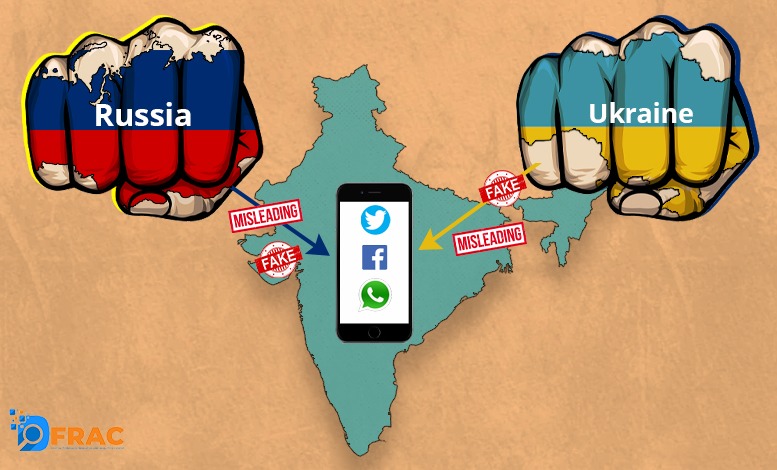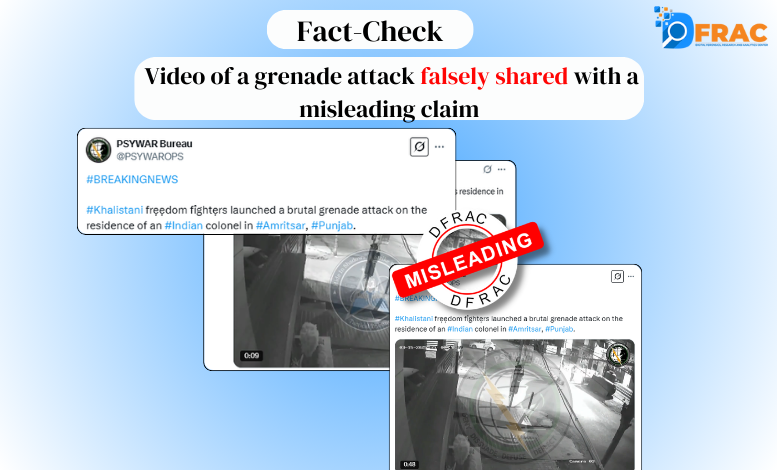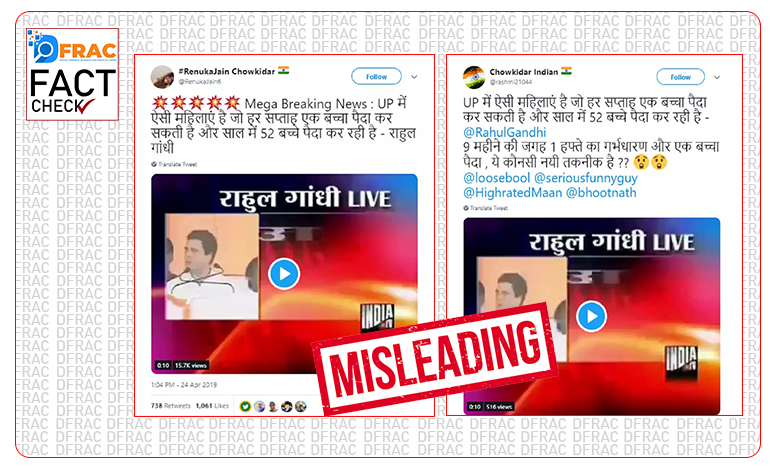We are living in an era which is called the information age. Information means knowledge or facts. But it is not necessary that every information that reaches us is correct. In this era where the influence of social media is increasing rapidly, with a large population spending maximum time on various social media platforms, the exchange of information is bound to happen rapidly. With this, the time to scan the truth of the information that is becoming increasingly viral is almost over. That is the reason, the era is also known as the post-truth era. In this era, several times there is a possibility of spreading misinformation. These days we are consuming a new form of information in the war between Ukraine and Russia.
The battle between these two countries is being fought on social media platforms, many times more than on the ground. This is the reason why the fight between these two countries has also been proclaimed as an information war.
From the day Russia announced the attack on Ukraine, Russia also launched an information war. But as this war progresses, Ukraine now seems to be winning this new age war on the web at least with the help of the United States as most of the social media platforms are under the influence of the US and other Western countries, in such a situation, when West has imposed many sanctions on Russia regarding this war, then how can Russia’s upper hand in information war be heavier than Ukraine?
Reports about Ukraine’s digital army have also been at the forefront against Russia. Hundreds of volunteer hackers have gathered and have started giving a befitting reply to Russia’s information war by forming a group of their own. Many experts have started saying that these hackers of Ukraine seem to be more effective attackers than any paramilitary unless of course, a nuclear threat comes true.
But during the information war, the kind of information or information that is being repeatedly made public through Ukraine is proving to be false or fake. It is not that Russia, despite limited means, is not able to do propaganda against Ukraine.
It is also making public many types of information about Ukraine in a limited range. The kind of information that is being shared again and again about its opponent in this war from both sides, this war has now become “Misinformation War”.
Attempts are being made by Russia to destroy the status of Ukraine all over the world. Russia also seems to be trying that through its misinformation, the Ukrainian people and the army there should lose courage. Ukraine, on the other hand, is also constantly sharing false information against Russia with the intention of gaining the sympathy of the world and keeping the morale of its citizens in the war.
This is not the first time that misinformation through social media platforms has been spread to gain points during a battle.
We have seen many such examples before. Because most people are not interested in knowing the truth of the information that they got. Therefore, the tendency of hastily forwarding has started increasing rapidly these days.
Due to this, the business of misinformation has also cemented. The same phenomenon is visible in the war between Russia and Ukraine. In such a situation, as vigilant citizens, we have to try to bridge the gap between this information and misinformation being shared on social media platforms. If we are able to do this, then we will also be able to make this new world of information better. Otherwise, the war of perception will doom every possibility of peace and harmony left in this world.
Panic buying
The ongoing war between Russia and Ukraine since February 24 is now showing effects all over the world. Even though bombs and gunpowder are raining thousands of kilometers away from India, but the bad effect of war is starting to take place here too. According to reports, after Russia’s attack on Ukraine, people in India have started to panic buying. Especially in the case of edible oil, people are buying and stocking more than necessary.
Fear spreading among people due to viral fake messages
According to a report, people are afraid that due to this corrosion, there may be a shortage of edible oils. Fake messages going viral on WhatsApp that there may be a shortage of edible oils in the market due to unrest are adding to the panic buying. After receiving the messages. People in India have bought as much as 20 liters of edible oil at one go.
India’s over 90% sunflower oil comes from Russia, Ukraine
The price of edible oil in India has increased by more than 20 percent in the last month. In the midst of such a surge in prices, viral fake messages are promoting panic buying. India depends on imports to a large extent in terms of edible oil. In the case of edible oil, two-thirds of India’s requirements are met by imports. Talking about sunflower oil, India is almost completely dependent on Russia and Ukraine in this matter. More than 90 percent of India’s total sunflower oil import comes from these two countries.
The supply of all other edible oils is fine
Although experts believe that there is no need to panic, because even if there is, there will be a shortage of sunflower oil only. There is in fact no problem in the supply of all other edible oils like palm oil, soya oil, mustard oil, groundnut oil etc. Therefore, there is no need for panic buying.




